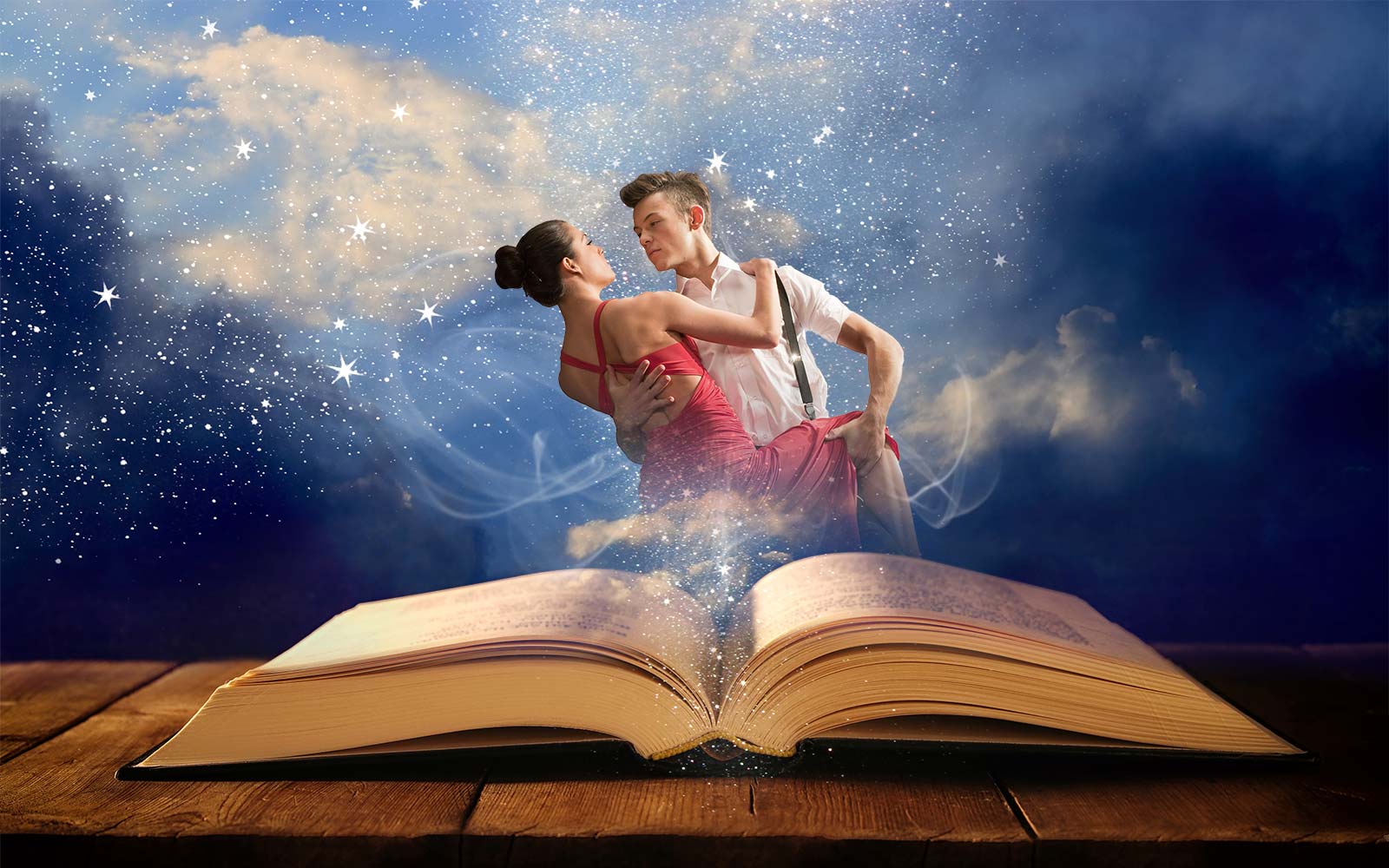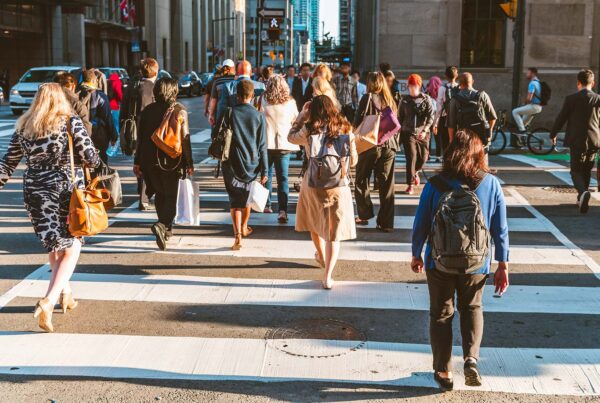We are drawn to great stories. For millennia, people gathered around campfires and told stories. Some tales conveyed information. Others were pure entertainment. The great storytellers became legendary. Writers who could capture our imagination wrote books that lived on forever to become classics. Some authors are so well known we don’t even need to hear their first names for the tales they created to fill our imagination. Shakespeare. Dickens. Tolkein.
More recent authors still have that power. As radio became a thing, the storytelling potential of the spoken word once again captivated audiences everywhere. Orson Welles even caused mass panic with a single telling of HG Wells’ classic book War of the Worlds.
Television added pictures to the mix. The great shows, those that lasted decades, pulled at our hearts by letting us see the human condition in all its raw beauty. Gunsmoke, in its early years, told heart-wrenching stories. The show recognized that not every story has a happy ending. People die. Some are evil. It addressed the problems of greed and bigotry and envy long before those things became common on television. M.A.S.H. was another series that lasted forever because it told authentic stories, letting us see our humanity the way we really are. The Simpsons is a comedy, but we laugh because it touches us where we live, exposing the absurdity of our failings as family, co-workers, lovers, friends and neighbors.
Dance can be equally powerful as a storytelling medium. For Wendy and I, our most memorable show dance performances during our competition years were those that had a deep emotional connection.
One time we gave a Rumba performance to Barbra Streisand’s “Memories.” The story we showed featured a woman wishing for one last chance to dance with a lost love. As Barbra sang her last line, “the way we… were,” I released my hand from hers and turned to walk away. There was no sound, as the music also paused. At that moment, a little girl in the audience cried out in an anguished voice, “No! Don’t go!” It was a precious example of the power of dance to tell a story.
Great dances in motion pictures have touched millions through that combination of skill, music, and choreography. From exquisite ballet performances, to expressing joy on a street in the pouring rain, to a masterful lesson on the power of stillness in Paso Doble, we are touched by dance in its many forms.
But we don’t need a movie-level performance or show dance to feel something in dance. Even as we are dancing, we instinctively know if we are diving deeper than a surface level pattern of moving the feet. When two people move together as one, in unison to music and feeling as if the two minds were one and the same, we know something beautiful is taking place. We can feel it. Even though dance is physical, such moments feel effortless. To those watching, they look effortless.
These are storytelling moments even if nobody is watching. We tell the stories through movement. We have the ability, through dance, to communicate power and assertiveness, sadness and loss, happiness and melancholy, love and hate.
Has your dancing gone deeper than a surface-level knowledge of where to place your feet?
Have you embraced the storytelling power of moving together with a partner?
It requires trust and an appreciation of your dance partner. It demands presence. It involves an understanding of how to use the music that’s playing, even if it’s a song you’ve never heard before.
One way to explore the storytelling opportunities is to try crafting performances for competition. Referred to as “solos,” you choose the music you want and with your teacher you create choreography to bring a story to life. Another way is to put together various groups of figures that you particularly enjoy so that you can lose yourself in the dance without having to think about the choreography. Think about those dance steps and what they might mean. Does a figure reflect passion or does it represent arrogance? Does it show a couple coming together or moving apart? Is a partner flirting with the other? There are so many options! The same figure can be interpreted many ways by different people and even when danced to different music.
Yes, naturally a seamless story moment involves some skill but that’s not the main ingredient. When an unskilled follow is willing to be led and puts her trust in the skill of the lead the result is usually something special.














